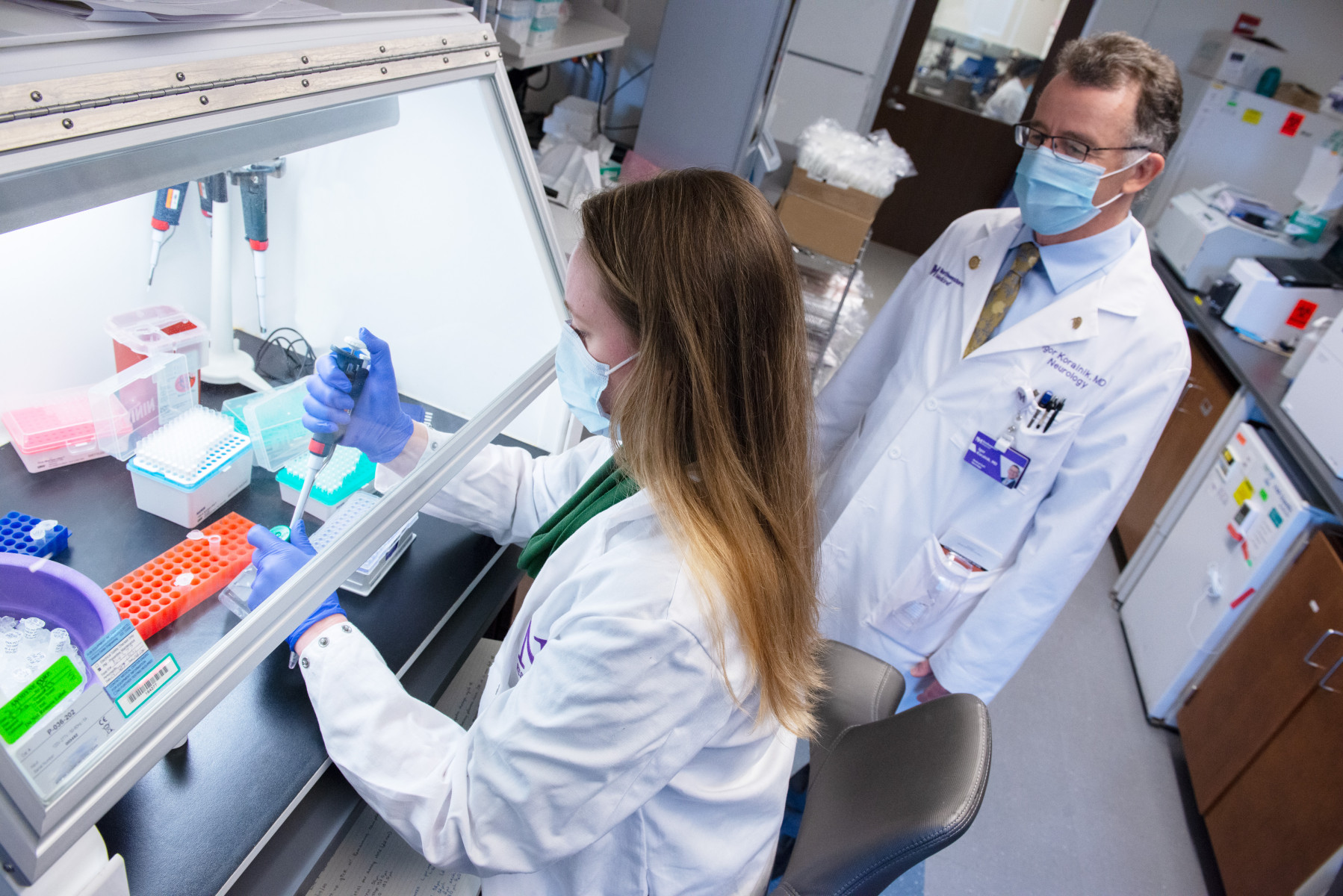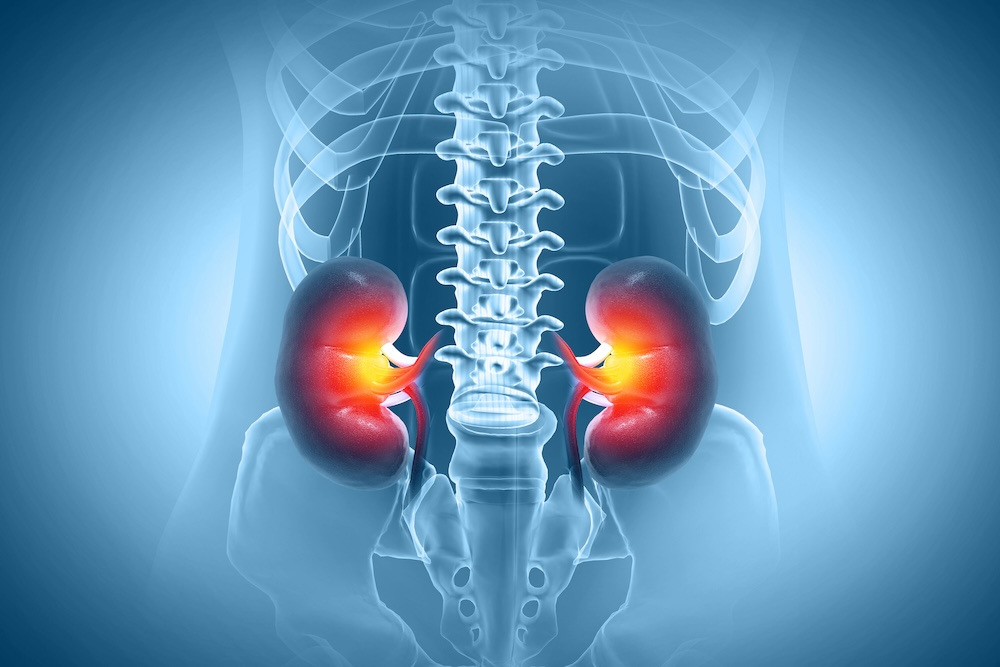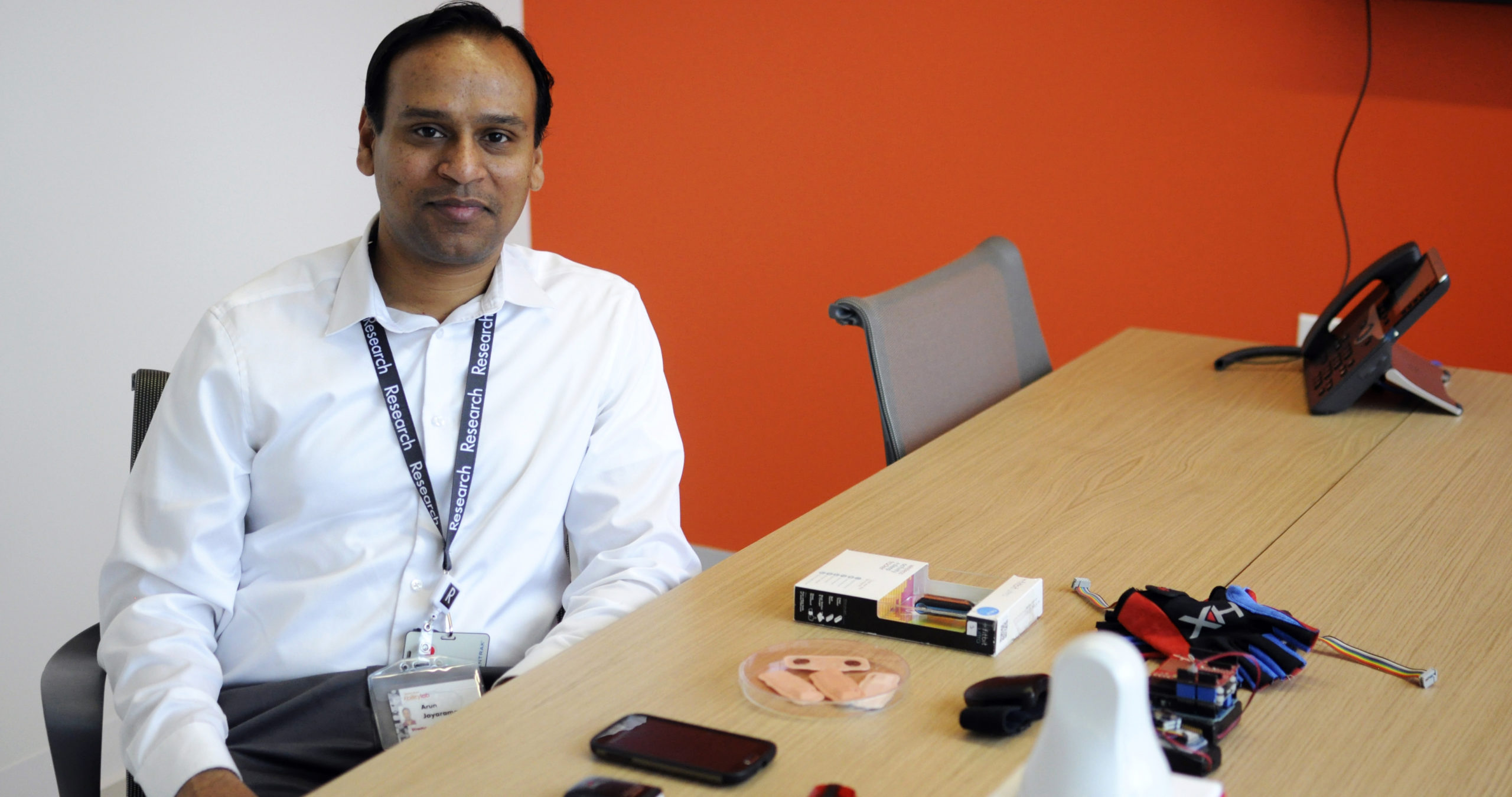In the spirit of healing, Northwestern University Feinberg School of Medicine recognizes and acknowledges that it sits on the land of multiple native nations – the Three Fires Confederacy, Potawatomi, Odawa and Ojibwe Nations, as well as other tribal nations that know this area as their ancestral homeland, including the Menominee, Ho-Chunk, Miami, Peoria, and Sac and Fox. These lands were the traditional birthright of indigenous peoples who were forcibly removed and who have faced two centuries of struggle for survival and identity in the wake of dispossession. This Land Acknowledgement is part of recognizing Feinberg’s responsibility to the peoples of the land, to addressing this history and to guiding work in the present and the future.
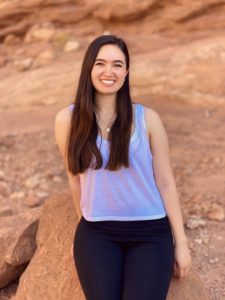
Caitlin Jacobs, a third-year medical student and a member of the Lumbee Tribe of North Carolina, helped co-found Feinberg’s Association of Native American Medical Students (ANAMS), and currently serves as the organization’s president.
Jacobs and fellow classmate Adrienne Schuler, also a third-year medical student and part of the Six Nations of the Grand River, established the organization last year as a safe space that aims to increase awareness about Native American health issues and foster better understanding of the plurality of Native American cultures. The organization also sponsors mentorship opportunities for both current and prospective medical students and strives to increase the number of Native American students in medicine.
Read a Q&A below to learn more about Feinberg’s ANAMS chapter, why Jacobs co-founded the organization and how she plans to increase awareness about Native American health and cultures.
Why did you establish ANAMS at Feinberg?
Adrienne Schuler and I founded ANAMS at Feinberg last December as second-year students after learning about the national organization at the Association of American Indian Physicians conference, which was held in Chicago last year; Northwestern’s Office of Institutional Diversity and Inclusion helped sponsor it.
We had both been struggling to find a way to interact with Native American patients, physicians and fellow students, and saw an opportunity to fill that vacuum in our medical education. There is still little to no education in medical school curricula regarding medical racism against Native Americans, exploration of their structural determinants of health or even current health conditions plaguing Native American communities.
For me, ANAMS became a vehicle for advocacy as well as a place of healing. Adrienne and I were able to join the national ANAMS board while at the conference, and starting a chapter here at Feinberg became the next step in advocating for that change in medical education.
What kinds of resources, opportunities and support does ANAMS provide to Native American medical students?
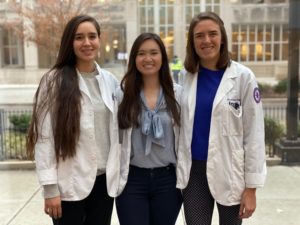
Feinberg does have a relatively large population of students who identify as Native American or indigenous, though that bar around the country is set rather low — in the 2016-2017 academic year, 43 percent of medical schools had zero medical students who identified and 48 percent had only one to three students. It’s easy to laud Feinberg as one of the elite nine percent who have achieved adequate representation, but that’s all it really is — adequate.
Our students all hail from different tribes and have vastly different stories. While we have some level of shared experience, we may have very different ideas. ANAMS is here to foster open lines of communication for students to share their individual and valuable perspectives.
We are in regular communication with the ANAMS chapters at the University of Illinois, Chicago and Loyola University, which provides us with more partners and mentors and strengthens our advocacy power. We are founding a Chicago Alliance of the ANAMS chapters to give framework to those efforts. Feinberg’s Office of Diversity and Inclusion provides emotional and financial support to all underrepresented minority students, but ANAMS is our home within that home.
What do you hope to accomplish as president of ANAMS at Feinberg?
Our students and our organization continually struggle to make our voices heard on campus, regionally and nationally. As medical students, it can be so difficult to find balance: how to manage time and energy, how to find allied mentors, when to speak out, when to uplift the voices of others, and hoping that doing so won’t jeopardize the accomplishments we have fought so hard for. With just 0.1 percent of faculty at medical schools identifying as Native American, we are often our only support system. So, for me, ANAMS has been about advocacy from the beginning. I have benefitted tremendously from hailing from a tribe that does not face the constraints of living on reservation land. I have benefitted tremendously from never being denied an opportunity based on the color of my skin. With that privilege comes responsibility to lift up the voices of the folks who haven’t yet made it to my position. We should continually be asking our administrators and ourselves why there are so few of us, and why such a large proportion of us who make it into medicine are light-skinned. We should continually look for ways to change that. I think sponsoring and developing a pipeline education program is a long-term goal of our organization.
The COVID-19 pandemic also put our plans for community engagement and further development on hold. I have some fairly lofty goals, but hope first and foremost that we can better establish roots as an organization in the coming year. Our current board members are all third-year students, as there are no second-year students who identify as Native American. The year-to-year fluctuation is certainly a challenge we hope to surmount as we work with the Office of Admissions.
I hope to establish a long-term clinical partnership between Feinberg and the Native American community of Chicago. Chicago is home to one of the largest urban Native American communities in the U.S., and it is a largely ignored demographic in medicine. Finally, I hope to see a shift in medical education. As we uplift Black voices, examine colorism within our own communities, work to eradicate inherited colonial attitudes, and begin our anti-racism initiatives, we should be looking for opportunities to integrate perspectives from many different ethnicities.
We should always center the most marginalized communities. It is vital that students have a basic understanding of their own inherited prejudices, and that requires un-learning many of the cultural narratives that we are raised on. I think we are seeing some of this shift now in medical education, but I hope ANAMS and other underrepresented minority organizations are able to advocate for continual change.
Native people are part of Chicago’s past, present and future, and it is our responsibility to acknowledge these nations and to work with them as we move forward as a more inclusive institution. I strive for ANAMS to help hold our members, organizations and institutions accountable to that goal.


